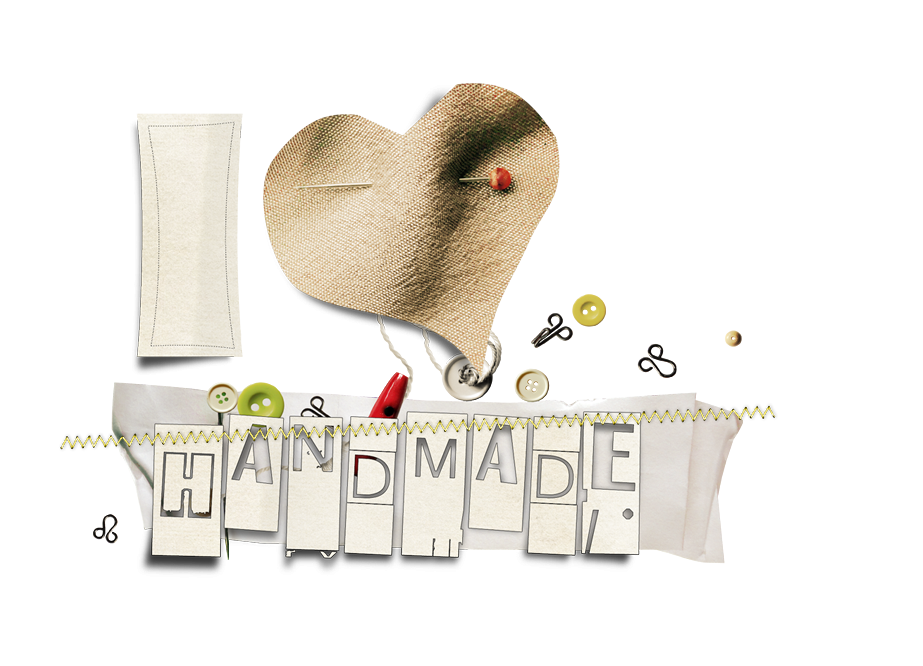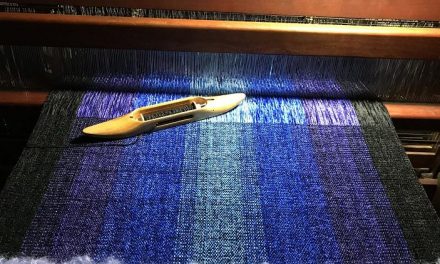By Kelly Rand
Approximately 40 years ago, alerting customers of your craft product was done, quite literally, by word of mouth. In John Nance’s book The Mud Pie Dilemma, this form of advertising is highlighted early in the narrative, when potter Tom Coleman complains of a poor exhibit due to flyers getting into the mail late.
Fast forward approximately 30 years when “indie craft” came on the scene. It developed a lot of its can-do attitude from the 80’s and 90’s punk scene, wholly grown from a do-it-yourself ethos. Makers would also utilize word of mouth to gain attention for their fledgling businesses, mailing out printed postcards and dabbling with a new technology called e-mail.
When Etsy arrived in 2004, it easily filled the void many artisans were missing to actually turn a profit from their crafts. It was revolutionary at the time and seen as industry changing. The online marketplace flooded with crafters eager for a place they could easily connect with customers online and take advantage of this new technology.
Today, there are many Etsys, making it easier than ever to start a craft-based business. There are more marketplaces, yes, but also there are more Etsys in terms of resources and easily accessible resources that make it less challenging to start a business.
Need to incorporate your business? There’s Legalzoom and Rocket Lawyer. Need a website? Try Squarespace or WordPress. Need an ecommerce platform? There’s Etsy, Big Cartel or Shopify. Need to accept money online or in person? There’s PayPal and Square. Need to keep track of those finances? You have your pick of accounting software or accountants specializing in small businesses. Need to learn how to use these resources? There are numerous classes, videos and tutorials. All you need is an internet connection.
Not only is this information readily available on the internet, you can also find it in any type of media you can consume—books, videos, podcasts, blog posts, and articles. Any question you have about starting a craft-based business is easy to find by typing a few words into Google.
This free-flow of information has lowered the bar for entry to business ownership. It is easier than ever to start a business because of the availability of these resources. Aspects of the industry, which were once shrouded in secrecy, are now readily talked about and taught in various class settings.
When Megan Auman, designer and metalsmith, started doing trade shows to sell her jewelry to retail buyers, she felt she was going into that part of the industry blind. “I really had no idea what to do.” She told me on the phone. “It was a world where you were either in it or you weren’t in it and if you wanted to get into it. It was a really expensive learning curve.” She wasn’t alone. Today, Megan offers a course called Wholesale Academy—a course designed to take the mystery out of tradeshows by teaching students how to sell their products to stores.
A quick online search offers up multiple classes geared towards crafters and makers on how to start or grow a business. Sites such as CreativeLive are offering free-to-watch, multi-day online courses in branding, digital products, surface design, and wholesale. Even Tom, the potter profiled in The Mud Pie Dilemma, compiled his knowledge into workshops and eventually produced a book for sale later in his career.
Megan began teaching about business when she realized there was a lack of information available. When she started her website in 2009 called Crafting an MBA (now Designing an MBA), she imagined joining a crowded market of blog posts about business for crafters and makers. But time and time again, her readers told her the opposite—that there wasn’t anything out there like what she was offering. Today, a mere five years later, Megan says it is a very different atmosphere. “The amount of resources online in terms of education and information has really exploded,” she remarked.
If you are tuned into the tech industry, it will seem as if there isn’t an end to the stream of new startups launching in Silicon Valley. But we are just at the tip of the iceberg for those catering to crafters and makers—and Megan agrees.
“Startups are starting to pay more attention to the handmade market then they were at the beginning,” she said. There are inventory apps like Stitch Labs, and shipping apps like ShipStation, that can help make it easier for crafters to sell and manage their businesses online. “The marketplace is so different from even when Etsy started,” Megan explained. “I feel like a couple of years ago, pretty much Etsy was your choice if you wanted to sell online. Now there’s Big Cartel and there’s Shopify and there’s so many other solutions—you actually get to pick and choose and find what’s best for you; and you can be up and running and selling. It’s really affordable and you don’t have to know much of anything about technology.”
In its infancy, the internet was expensive and hosting a simple website would have been prohibitively expensive. Currently, having a website is relatively inexpensive—as are many of the tools available to help manage an online store. Word of mouth advertising has moved from pricey printed postcards and postage for a lengthy mailing list, to almost wholly onto the internet and various free social media platforms. There is Facebook and Twitter and Instagram and Snapchat and Pinterest—the list could go on forever.
“What is really great about right now is there are finally social media platforms that are actually geared towards people who make product, and that really reflect the way people shop,” Megan remarked. She explained that sites such as Facebook and Twitter, in their infancy, were text heavy. This forced makers, who were creating a visual product, to figure out copy to describe their wares to be appealing to potential customers reading and engaging on these platforms. “Now it’s amazing that we have platforms, like Pinterest, where it’s visual—that’s how people have always bought handmade products. They didn’t know what they were looking for when they wandered into a craft show or a store. They wandered into somewhere and looked until something caught their eye. That’s really the beauty of a platform like Pinterest and Instagram as well, where you don’t have to know what you are looking for to find really amazing things.”
We really are in the golden age. More and more technologies are being created and utilized that help craft-based businesses start and grow. But Megan cautions against using technology as a crutch. “You can’t let technology blind you from having a solid business model, a solid product, and actually getting out there and interacting with humans,” she said. “While the internet is huge and is only going to get bigger, there’s something to be said for going back to the basics when starting your business. Make sure you are not trying to let technology do a job that isn’t technology’s job.”
So maybe don’t throw out your printed postcards just yet.







